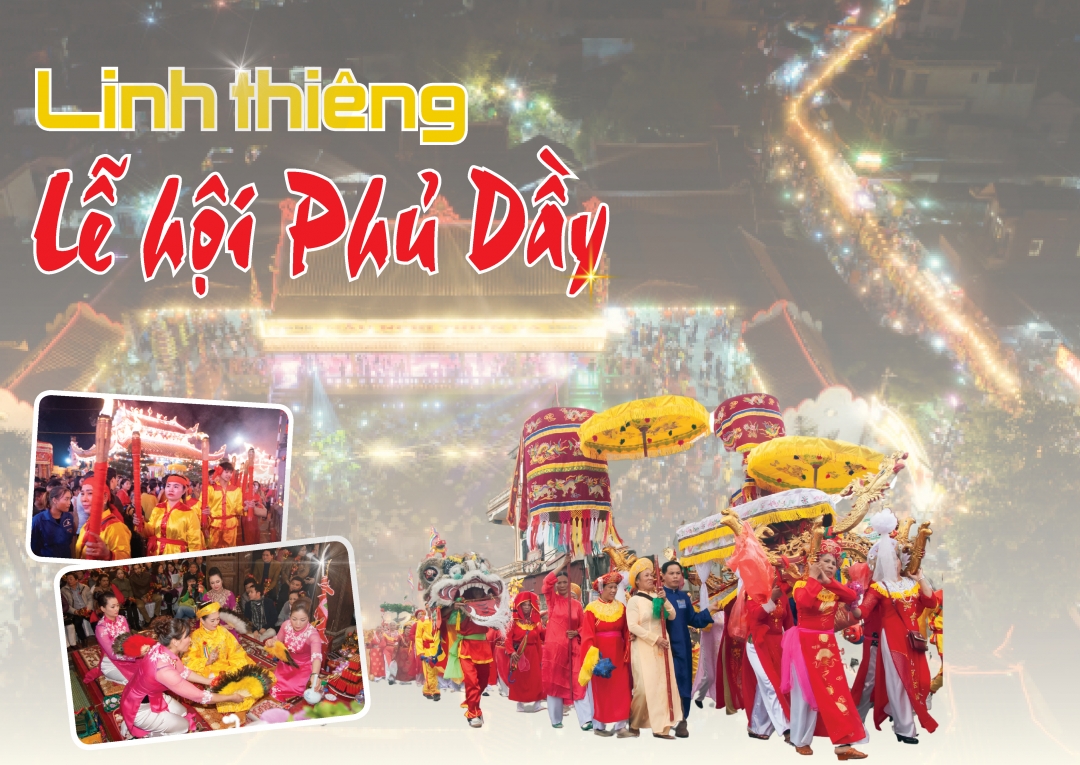 |
Phu Day Festival associated with the legend of Holy Mother Lieu Hanh has spread throughout all regions, becoming a typical spiritual cultural tourism product of Nam Dinh, included in the List of National Intangible Cultural Heritage by the Ministry of Culture, Sports and Tourism . During the festival, there are many rich ritual activities such as: Chau Van ritual, Kinh procession ritual, Hoa Truong festival, Long torch procession... and many traditional folk games.
 |
| Panoramic view of the procession to receive Buddhist scriptures at Phu Chinh Tien Huong. |
The ritual of receiving sutras, flower staff and torchlight procession is one of the characteristics of the Phu Day Festival with a large scale and a large number of participants. Receiving sutras is an important ritual, demonstrating the harmonious and cohesive relationship between Mother Goddess Worship and Buddhism, contributing to creating community cohesion and religious solidarity. The ceremony of receiving sutras from Mother Goddess at Van Cat Palace held on the 5th day of the 3rd lunar month begins with the ritual of receiving the incense bowl and the spirit of Mother Goddess Lieu Hanh by the Head of Van Cat Palace. The procession with the praying group consists of elders, followed by the drum team, the flag team, the dragon procession, the trumpet and drum team, the eight-sounding instruments, the female bronze drums and the eight-treasure halberds, followed by the eight-cong palanquin with the incense bowl, the dragon palanquin to receive sutras and three hammocks. The procession of Mother Goddess starts from Van Cat Palace through Mau Mau Mau to Linh Son Tu Pagoda to offer incense to Buddha, then returns to Cay Da Bong Temple, through Mau Mau Mau to Van Cat Palace. At the Tien Huong Palace, from early morning on the 6th day of the 3rd lunar month, men, women, mediums and people from all over flocked to the Palace to enjoy the dragon release. In a solemn atmosphere, the Palace representative respectfully performed the ceremony of carrying the Holy Mother's sacred incense bowl to the palanquin. The procession started from the Tien Huong Palace yard, passed through the Kim Thai Commune People's Committee, Mau Mau Mau Mau, and then to Tien Huong Pagoda.
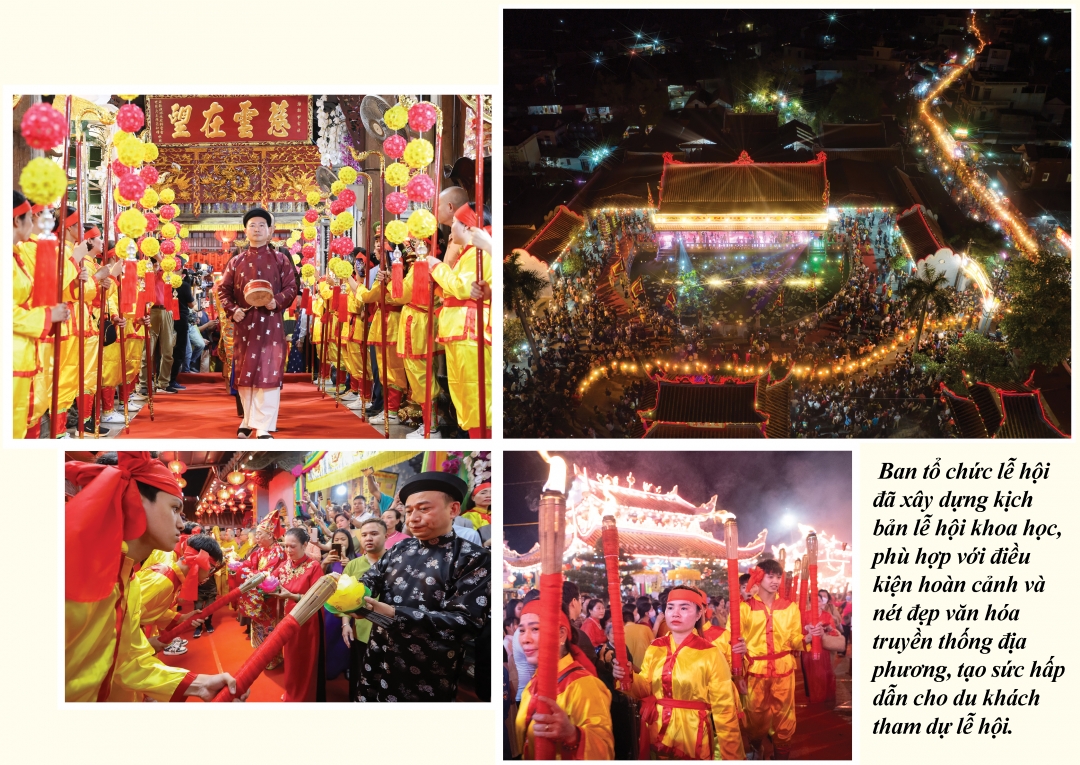 |
| Panoramic view of the torch-lighting procession at Tien Huong Palace. |
Along with the ritual of receiving the sutras, at Phu Chinh Tien Huong, there is also a torchlight procession. According to folk beliefs, the fire is carried from the place of worshipping the Holy Mother during the festival days, which has a sacred and lucky meaning. At the beginning of the torchlight procession, the Taoist priests, temple priests, and incense keepers sincerely ask for the sacred fire from the forbidden palace, then carry it out and light more than a thousand torches of the warriors. Leading the procession are teams of dragons, unicorns, and lions, performing to the bustling rhythm of drums and clappers. Next is a large dragon image that is brightly lit. Following behind are more than a thousand warriors, both men and women, of many ages, holding bright torches, walking together. The whole procession forms a fire dragon mascot, stretching for kilometers. The sacred fire in the torchlight procession at Phu Chinh Tien Huong symbolizes the light of faith, and at the same time expresses the wishes of the temple priests, villagers, disciples, and all people for a prosperous and happy life.
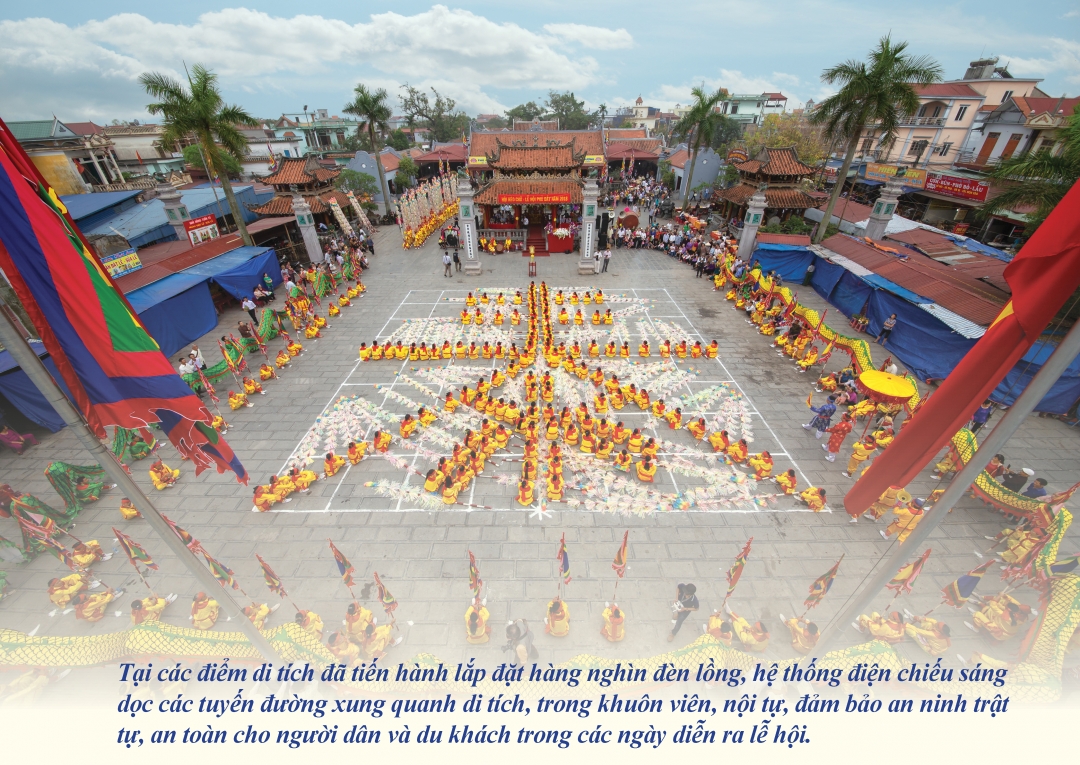 |
| Arrange letters in Phu Day festival. |
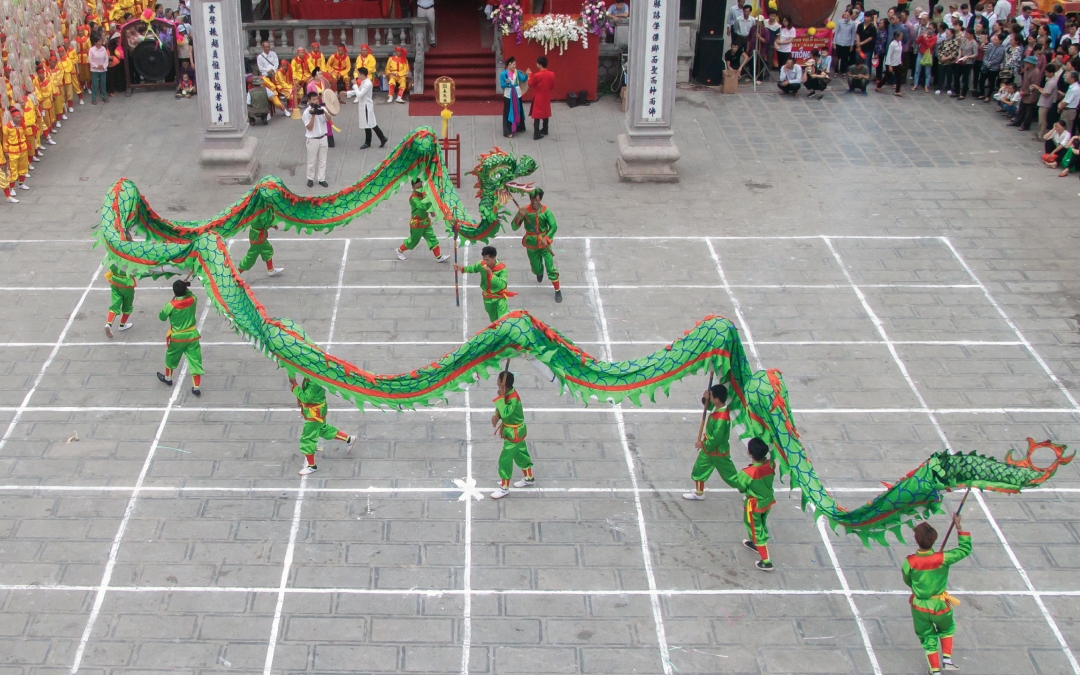 |
| Dragon dance in Phu Day festival. |
At Phu Day Festival, many local people and tourists also enjoy the unique Hoa truong hoi (pull-out) performance. According to the elders in Kim Thai commune, it is said that in the 17th century, in Ke Day area, there was a girl named Ngo Thi Ngoc Dai who was recruited to the Trinh Lord's palace as a concubine. At that time, there were continuous floods, and every year, laborers from all over had to return to the capital to build dikes on Nhi Ha River (Red River). People in Ke Day area in the lower reaches of Nhi Ha River were still flooded and had to follow the court's orders to go to the capital to build dikes. Seeing the laborers building the dikes suffering from hunger, Princess Ngo Thi Ngoc Dai asked Lord Trinh for mercy. After that, Lord Trinh distributed food to the laborers to return to their hometowns to repair the local dikes. Before the laborers returned, the Princess told them to go to Phu Day to thank Mother Lieu Hanh. When they returned home, they were so happy that they brought their digging tools and gathered them in the Palace yard to form the words: "Thanh Cung Van Tue", then the whole group bowed to Mother to show their gratitude. From then on, every year during the festival, people organized a calligraphy performance. Over time, agricultural tools were improved with flower-tied sticks and beautifully decorated strings. For each flower-tied performance, the Organizing Committee mobilized from 240 to 280 people dressed in red, yellow-bordered scarves, red, yellow-bordered scarves, white pants, and red leggings. The calligraphy sticks were prepared to be about 4m long, wrapped in colorful paper, and had a “buzz” made of chicken feathers on the end of the stick. The participants in the calligraphy performance were arranged into 4 or 8 teams, each team was divided into a flag bearer and a flag bearer. The calligraphy commander had to have a big drum and a small drum to give orders to the flag bearer and the flag bearer to hide the pieces and pull the pieces to the beat of the drum. Everyone in the team followed the command of the flag bearer to advance and retreat, go in and out to form letters, simulating the ancient custom of placing hoes and shovels. When forming letters, the flag bearer invited a senior member of the jury with education to approve the letters. After scoring, the jury issued an order to withdraw the soldiers to continue arranging other characters. The characters usually arranged are Chinese characters: “Mau nghi thien ha”, “Thien ha thai binh”, “Quoc thai dan an”, “Hoa coc phong duong” or “Quang phuc thanh thien”… expressing the dreams of agricultural residents, praying for national peace and prosperity, favorable weather, reminding people to always remember the merits of the Holy Mother. In recent years, before the Hoa truong hoi performance program, at Phu Chinh Tien Huong, there are also Cheo singing, Chau van singing, and dragon dancing, creating rich and interwoven cultural activities, attracting a large number of people and tourists from all over to come and worship.
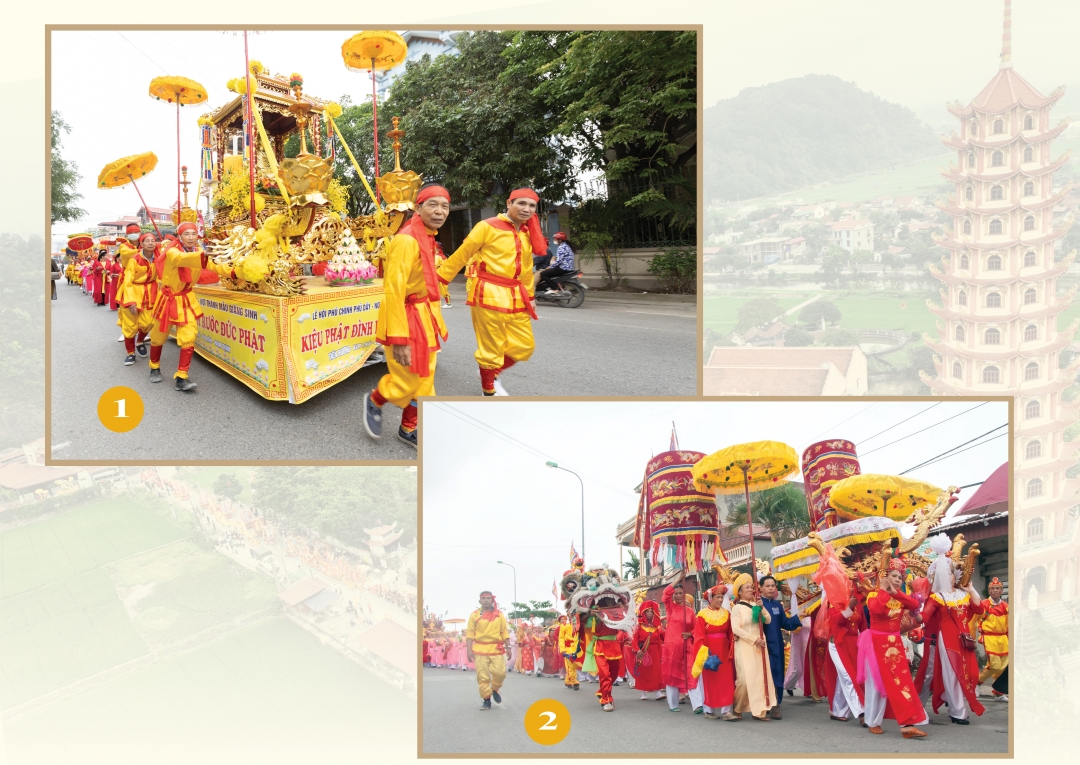 |
| (1) Procession to receive Buddhist scriptures at Phu Chinh Tien Huong Palace. (2) Procession to receive Buddhist scriptures at Van Cat Palace. |
Comrade Tran Khac Thieng, Chairman of Kim Thai Commune People's Committee, Deputy Head of Phu Day Festival Organizing Committee 2024 said: Inheriting the positive results from the festival organization in previous years, this year, Phu Day Festival took place safely, healthily, meeting the cultural and religious needs of the community. At the relic sites, thousands of lanterns and lighting systems have been installed along the roads around the relics, in the campus, and the inner temple, ensuring security, order, and safety for people and visitors during the festival days. The festival organizing committee has developed a scientific festival scenario, suitable to the conditions and traditional cultural beauty of the locality, creating attraction for visitors to attend the festival. Schools in Kim Thai commune have focused on promoting the traditional cultural beauty of the locality in many forms such as through speeches, speeches at celebrations, and talks by artisans. Besides, many extracurricular activities are organized such as taking students to visit historical sites and participating in folk games during the festival.
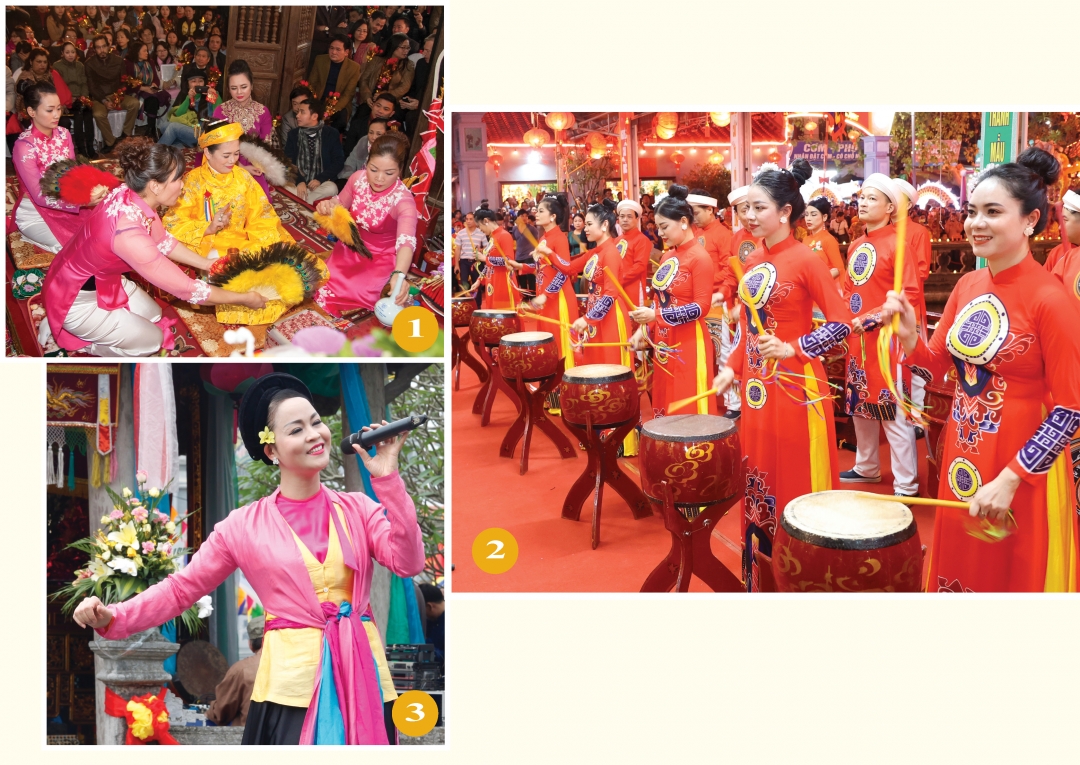 |
| (1) A price for a servant at the Tien Huong Palace. (2) The drums open the torch-raising ceremony at the Tien Huong Palace. (3) Singing at the Van Cat Palace. |
Coming to Phu Day Festival, each person not only satisfies their spiritual wishes but also enjoys the beauty of a unique complex of traditional temples, pagodas, mausoleums, and palaces. Along with that, Phu Day Festival is a treasure trove of cultural heritage reflecting customs, practices, beliefs, arts, aesthetics, expressing the thinking and awareness of the outlook on life and worldview of the community, contributing significantly to the study of traditional cultural and social life of Vietnamese villages./.
Article and photos: Viet Du
Source








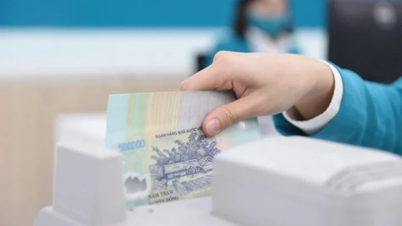

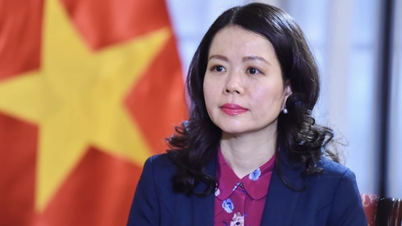


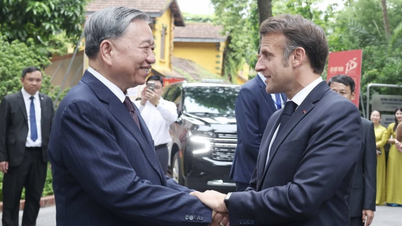
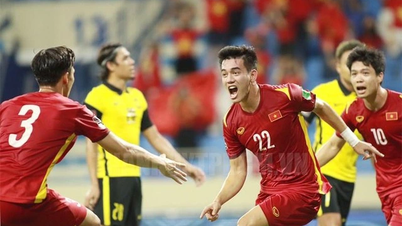


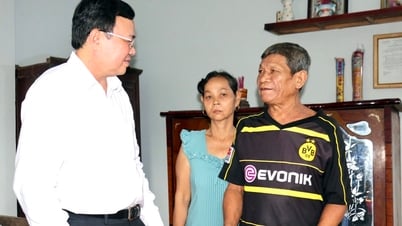
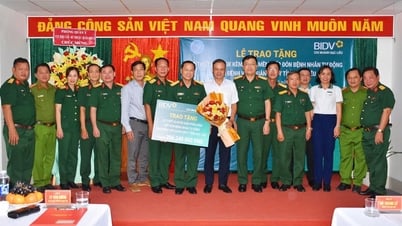
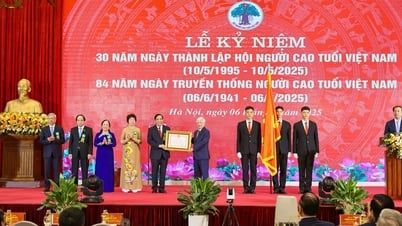

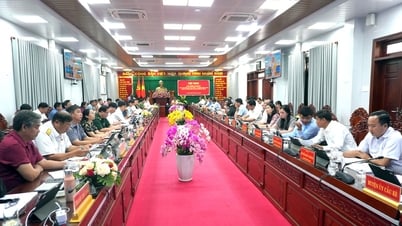





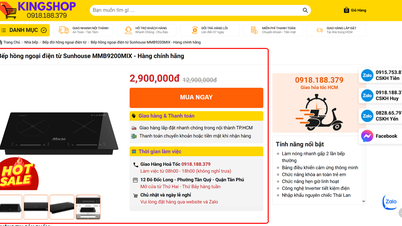
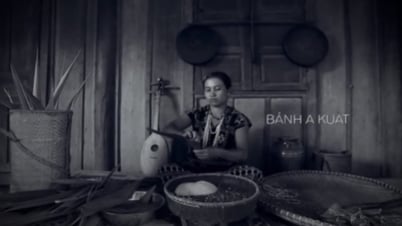



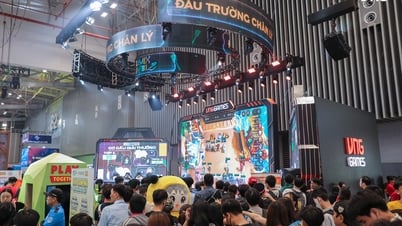

![[Photo] Nearly 104,000 candidates in Hanoi complete procedures to take the 10th grade entrance exam](https://vphoto.vietnam.vn/thumb/1200x675/vietnam/resource/IMAGE/2025/6/7/7dbf58fd77224eb583ea5c819ebf5a4e)









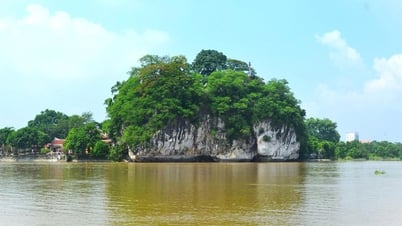

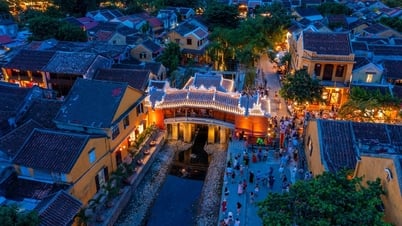














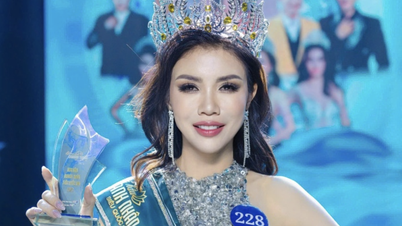
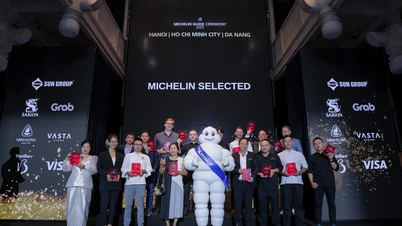
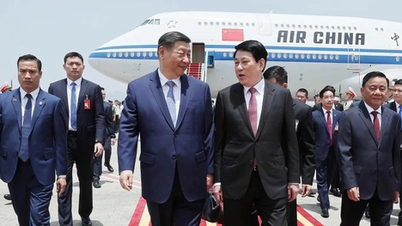
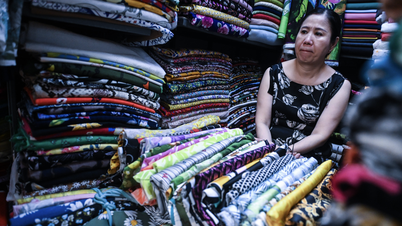



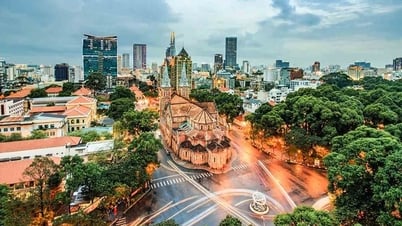
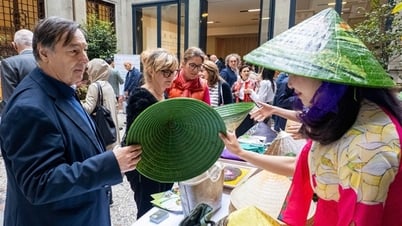

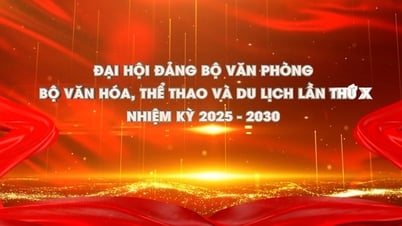



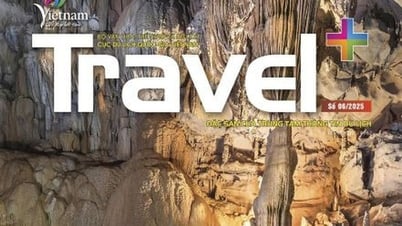




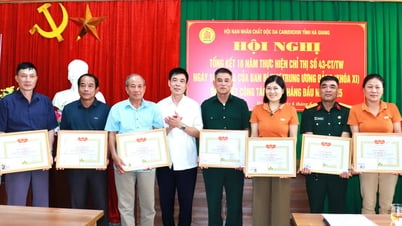
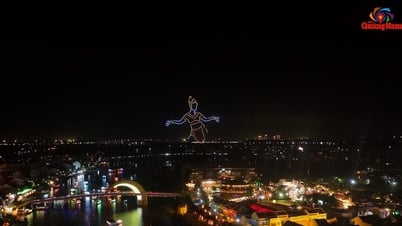

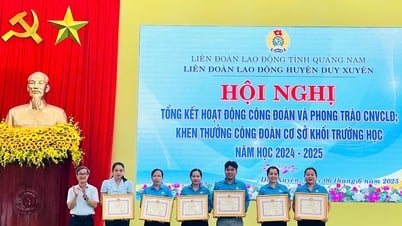
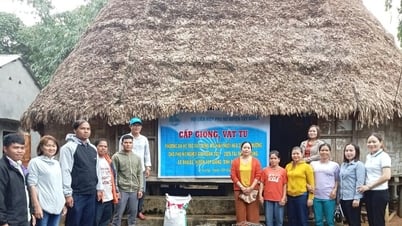





![[OCOP REVIEW] Tu Duyen Syrup - The essence of herbs from the mountains and forests of Nhu Thanh](https://vphoto.vietnam.vn/thumb/402x226/vietnam/resource/IMAGE/2025/6/5/58ca32fce4ec44039e444fbfae7e75ec)



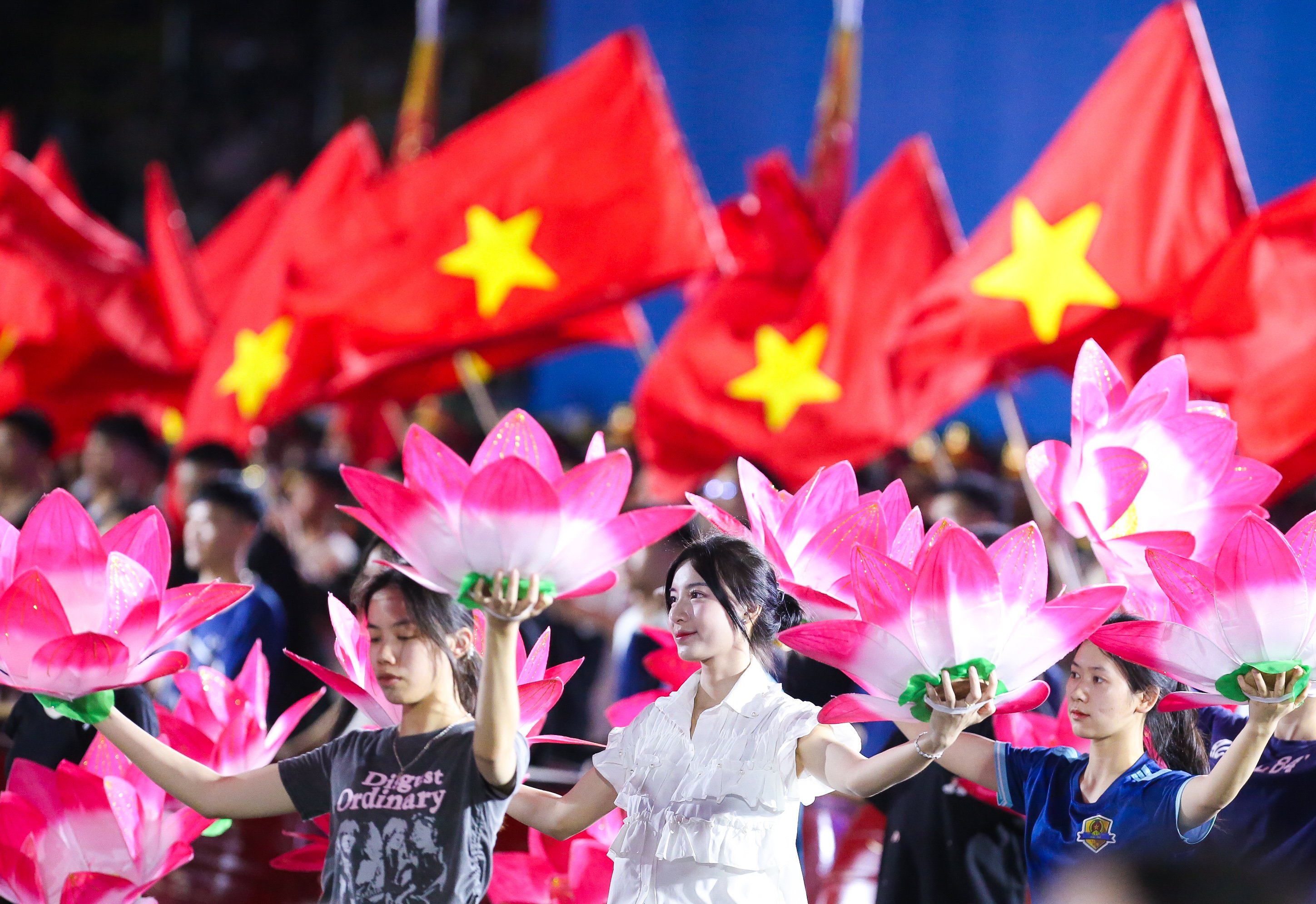
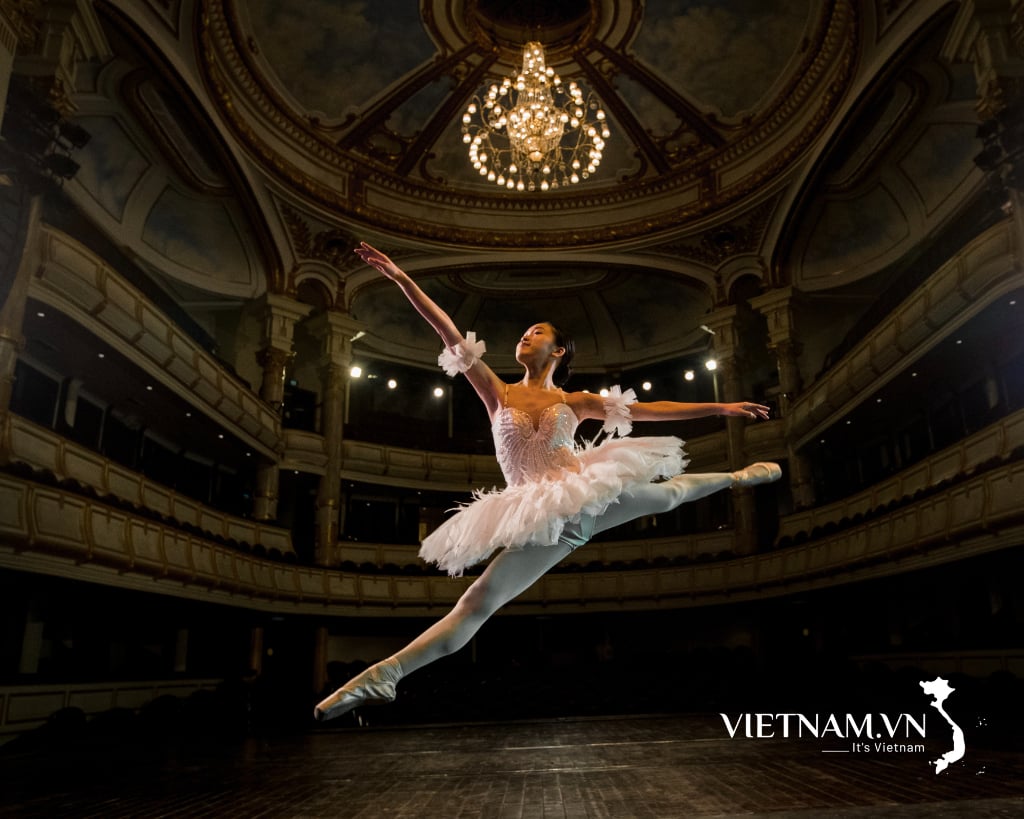
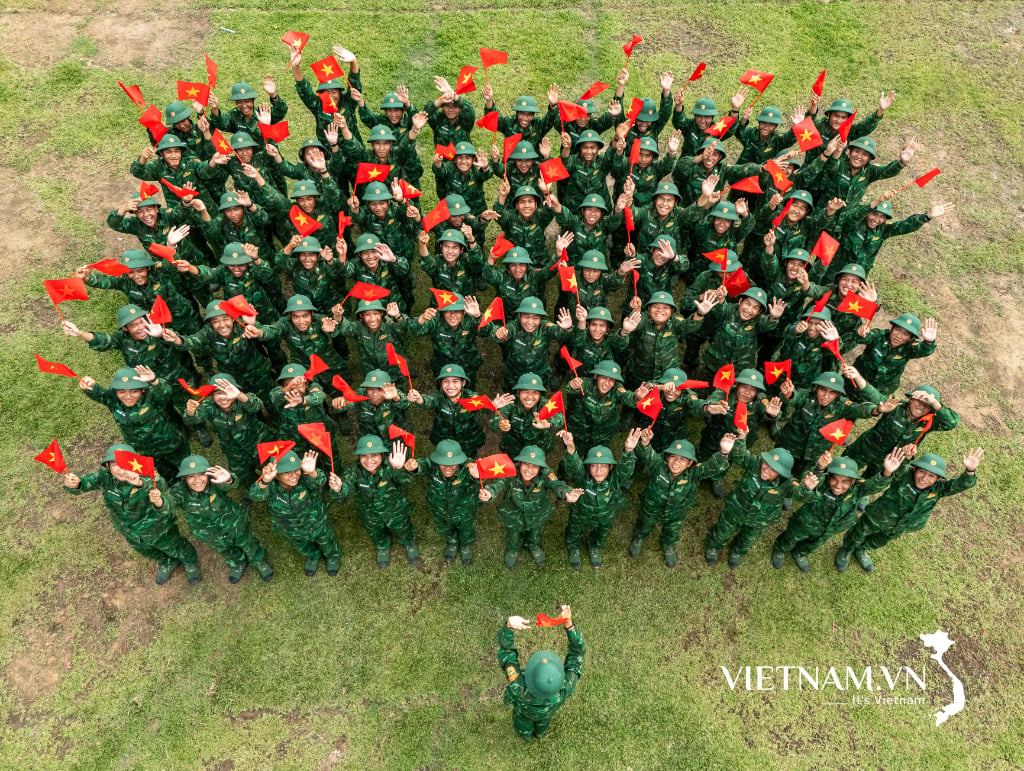
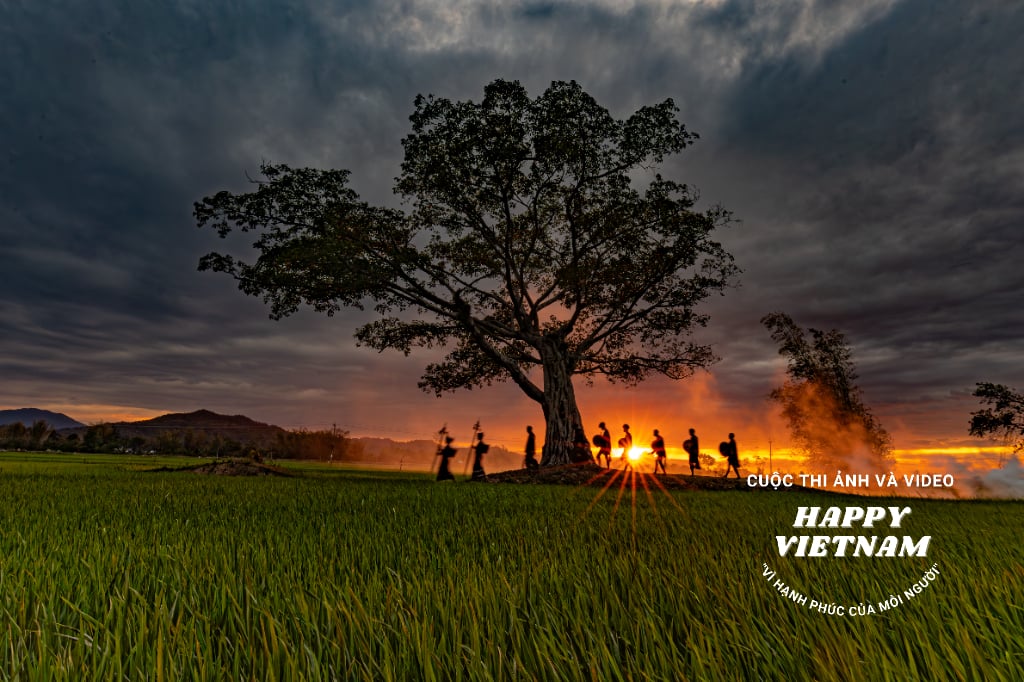
Comment (0)